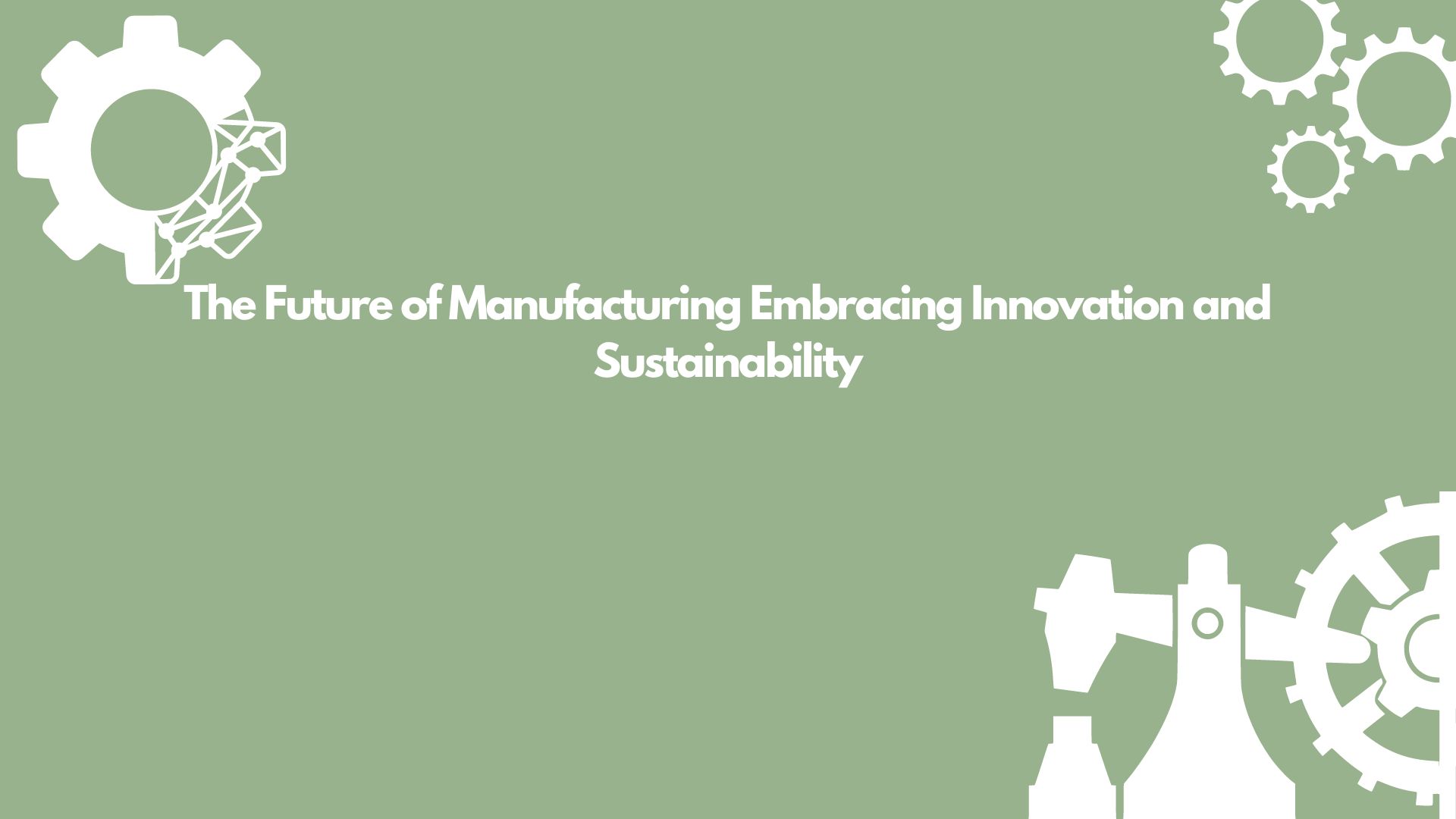In today’s fast-paced global economy, the manufacturing industry stands at a critical juncture. As we move further into the 21st century, the convergence of technological advancements and the imperative for sustainable practices is reshaping how we produce goods. This blog explores the transformative trends in manufacturing, highlighting innovative technologies and sustainable practices that are driving the industry forward.
1. The Rise of Smart Manufacturing
Smart manufacturing, characterized by the integration of Internet of Things (IoT) devices, advanced robotics, and artificial intelligence (AI), is revolutionizing production processes. These technologies enable manufacturers to enhance operational efficiency, reduce downtime, and improve product quality.
Key Innovations:
- IoT and Predictive Maintenance: IoT sensors embedded in machinery collect real-time data, allowing for predictive maintenance. This reduces unexpected breakdowns and extends the lifespan of equipment.
- AI and Machine Learning: AI algorithms analyze production data to optimize workflows, predict demand, and identify potential defects in real-time.
- Advanced Robotics: Collaborative robots (cobots) work alongside human operators, performing repetitive or dangerous tasks with precision and reliability.
2. Sustainable Manufacturing Practices
As environmental concerns become more pressing, manufacturers are increasingly adopting sustainable practices to minimize their ecological footprint. Sustainable manufacturing not only benefits the environment but also enhances brand reputation and can lead to cost savings.
Sustainable Strategies:
- Energy Efficiency: Implementing energy-efficient technologies and practices reduces energy consumption and lowers greenhouse gas emissions.
- Circular Economy: Embracing circular economy principles involves designing products for longevity, reusability, and recyclability, thus reducing waste.
- Green Supply Chains: Partnering with suppliers who prioritize sustainability and adopting green logistics practices ensures a more environmentally friendly production process.
3. Additive Manufacturing and Customization
Additive manufacturing, commonly known as 3D printing, is enabling unprecedented levels of customization and innovation. This technology allows for the creation of complex, high-precision components with minimal material waste.
Advantages of Additive Manufacturing:
- Customization: Products can be tailored to meet specific customer needs, enhancing satisfaction and loyalty.
- Prototyping: Rapid prototyping accelerates the product development cycle, enabling faster time-to-market.
- Reduced Waste: Unlike traditional subtractive manufacturing, additive processes build components layer by layer, significantly reducing material waste.
4. Workforce Transformation
The evolving manufacturing landscape demands a new set of skills from the workforce. Upskilling and reskilling initiatives are essential to ensure that employees can effectively leverage new technologies and maintain productivity.
Workforce Development Initiatives:
- Training Programs: Comprehensive training programs focused on digital skills, robotics, and data analytics prepare employees for the demands of modern manufacturing.
- Collaboration with Educational Institutions: Partnerships with universities and technical schools help bridge the skills gap and foster innovation through research and development.
- Employee Empowerment: Encouraging a culture of continuous learning and innovation empowers employees to contribute to process improvements and technological advancements.
5. The Role of Government and Policy
Government policies and regulations play a crucial role in shaping the future of manufacturing. Supportive policies can drive innovation, sustainability, and competitiveness in the industry.
Policy Recommendations:
- Incentives for Innovation: Tax credits and grants for research and development encourage companies to invest in new technologies.
- Sustainability Standards: Implementing and enforcing environmental standards ensures that manufacturing practices align with global sustainability goals.
- Infrastructure Investment: Investing in modern infrastructure, such as high-speed internet and advanced manufacturing facilities, supports industry growth and innovation.
Conclusion
The manufacturing industry is undergoing a profound transformation driven by technological advancements and the need for sustainable practices. By embracing smart manufacturing, sustainable strategies, additive manufacturing, workforce development, and supportive policies, manufacturers can thrive in the new era. The future of manufacturing is not just about producing goods more efficiently but also about creating a positive impact on society and the environment. As we move forward, the industry must continue to innovate and adapt to remain competitive and sustainable.









